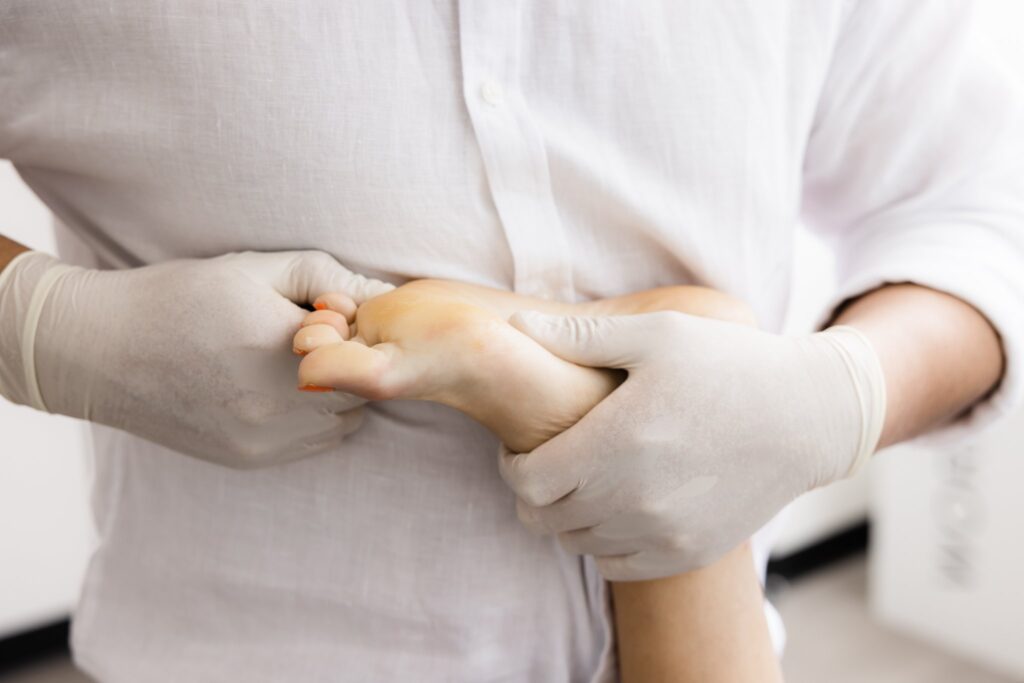Orthotics has undergone a remarkable transformation in recent years, revolutionizing the way individuals manage mobility challenges and improving overall quality of life. Once seen as bulky, uncomfortable, or primarily used by the elderly, today’s orthotic devices are sleek, intelligent, and highly personalized. Advances in materials science, biomechanics, and wearable technology have made it possible to design orthotics that are lighter, more responsive, and far more effective than ever before. These modern devices not only provide essential structural support and pain relief for individuals with conditions such as flat feet, plantar fasciitis, or spinal misalignment but also empower those with neurological or musculoskeletal disorders to walk with greater ease and confidence. One of the key developments driving this transformation is the integration of smart technology into orthotic systems. Embedded sensors can now collect real-time data on a person’s gait, posture, and pressure distribution. This data can be used to tailor the device to the user’s unique biomechanics, ensuring optimal support and alignment.

Some advanced systems even adapt dynamically throughout the day, adjusting to fatigue, terrain, or changes in activity. These innovations are not just making life more comfortable for users they are actively enhancing rehabilitation outcomes by facilitating more natural movement and encouraging neuromuscular retraining. This means that in many cases, orthotics do not simply support the body but help it relearn better ways to move. Another area of progress is customization. 3D scanning and printing technologies have revolutionized how orthotics are fabricated. Instead of relying on generic templates, orthotic specialists can now create precision-molded inserts and braces tailored exactly to the individual’s anatomy. This level of customization improves comfort, prevents secondary injuries, and enhances user compliance. More people are now willing to wear orthotics regularly because they no longer interfere with lifestyle or fashion choices and look at this site. Many modern orthotics can be discreetly integrated into everyday footwear or designed to match an individual’s aesthetic preferences, increasing the likelihood that users will embrace them long-term.
Importantly, these advancements are making a profound difference not only in clinical settings but also in developing regions where access to rehabilitation and mobility support has historically been limited. Low-cost, 3D-printed orthotics and open-source design templates are helping to bridge the gap, providing essential mobility aids to millions of people worldwide. Children with congenital limb differences, workers recovering from injury, and elderly individuals aiming to stay active are all benefitting from more accessible and effective orthotic solutions. Orthotics today represent much more than medical devices. They are instruments of empowerment, restoring mobility, independence, and self-assurance to people across all walks of life. With further innovations on the horizon—such as AI-assisted gait correction and energy-storing materials the future of orthotics promises to be even more transformative. As technology continues to evolve, so too does the potential to change lives on a global scale, offering not just better movement, but renewed confidence and participation in the world.



 Maybe the best ways to deal with get your dental clinic site saw are to make it more prominent and extend its compass. You do not need to consume an enormous number of dollars on making additional dental objections. Article exhibiting or making guest articles for others in a complementary field are veritable cases of this. The two options send interfaces out to your site to a much greater client base than you will bounce in isolation. Begin an industry express blog. To the extent that you keep it up and worked with close by your dental clinic webpage on a comparative region, you will extend your page rank and will attract more people by means of web searcher. You will in like manner have the choice to reinforce your picture and enlighten your clients in regards to the things and organizations you need to offer that might be of some value. The last uncommon decision for propelling your web-based practice is through true explanations.
Maybe the best ways to deal with get your dental clinic site saw are to make it more prominent and extend its compass. You do not need to consume an enormous number of dollars on making additional dental objections. Article exhibiting or making guest articles for others in a complementary field are veritable cases of this. The two options send interfaces out to your site to a much greater client base than you will bounce in isolation. Begin an industry express blog. To the extent that you keep it up and worked with close by your dental clinic webpage on a comparative region, you will extend your page rank and will attract more people by means of web searcher. You will in like manner have the choice to reinforce your picture and enlighten your clients in regards to the things and organizations you need to offer that might be of some value. The last uncommon decision for propelling your web-based practice is through true explanations. Smoking pot, clinical or something different does two or three essential things to the body. Cannabis strengthens the desire, settles the stomach and extends the beat. It can in like manner reduce a singular’s sensation of coordination. The clarification that clinical cannabis is gaining such appreciation is because it is so strong in aiding patients who are persevering with veritable clinical issues. Clinical Marijuana is an extraordinary torture reliever. People that oversee perpetual torture or outrageous headaches will see that helpful cannabis is more reasonable than various arrangement pain relievers. Since helpful pot energizes the yearning, yet settles the stomach, patients encountering chemotherapy can moreover benefit by its usage. Without a doubt, even patients encountering glaucoma can use clinical cannabis to lessen the load in their eyes. While various people discuss the effects of pot according to a pessimistic point of view, there are various positive livelihoods of clinical weed.
Smoking pot, clinical or something different does two or three essential things to the body. Cannabis strengthens the desire, settles the stomach and extends the beat. It can in like manner reduce a singular’s sensation of coordination. The clarification that clinical cannabis is gaining such appreciation is because it is so strong in aiding patients who are persevering with veritable clinical issues. Clinical Marijuana is an extraordinary torture reliever. People that oversee perpetual torture or outrageous headaches will see that helpful cannabis is more reasonable than various arrangement pain relievers. Since helpful pot energizes the yearning, yet settles the stomach, patients encountering chemotherapy can moreover benefit by its usage. Without a doubt, even patients encountering glaucoma can use clinical cannabis to lessen the load in their eyes. While various people discuss the effects of pot according to a pessimistic point of view, there are various positive livelihoods of clinical weed. The Committee for Capable Nutrition conveyed a report called The Advantages of Nutritional Supplements ensuing to researching over decade worth of studies that explored the clinical benefits of multivitamins and others. A part of these supplements included Calcium, Omega-3 unsaturated fats, Vitamin D, malignant growth counteraction specialists, Vitamin B-12, Vitamin B-6 and folic destructive. Revelations show that widely inclusive usage of nutritional supplements or multivitamins give the best clinical benefits to individuals. Extraordinary revelations in the Board for Capable Nutrition’s report show that assuming all females of childbearing age took a multivitamin or even just a folic destructive improvement, it very well might be possible to lessen the occasion of brain chamber birth leaves by up to 70%. More seasoned patients taking supplements could work on their protected systems and lessening the risk of hip breaks.
The Committee for Capable Nutrition conveyed a report called The Advantages of Nutritional Supplements ensuing to researching over decade worth of studies that explored the clinical benefits of multivitamins and others. A part of these supplements included Calcium, Omega-3 unsaturated fats, Vitamin D, malignant growth counteraction specialists, Vitamin B-12, Vitamin B-6 and folic destructive. Revelations show that widely inclusive usage of nutritional supplements or multivitamins give the best clinical benefits to individuals. Extraordinary revelations in the Board for Capable Nutrition’s report show that assuming all females of childbearing age took a multivitamin or even just a folic destructive improvement, it very well might be possible to lessen the occasion of brain chamber birth leaves by up to 70%. More seasoned patients taking supplements could work on their protected systems and lessening the risk of hip breaks.